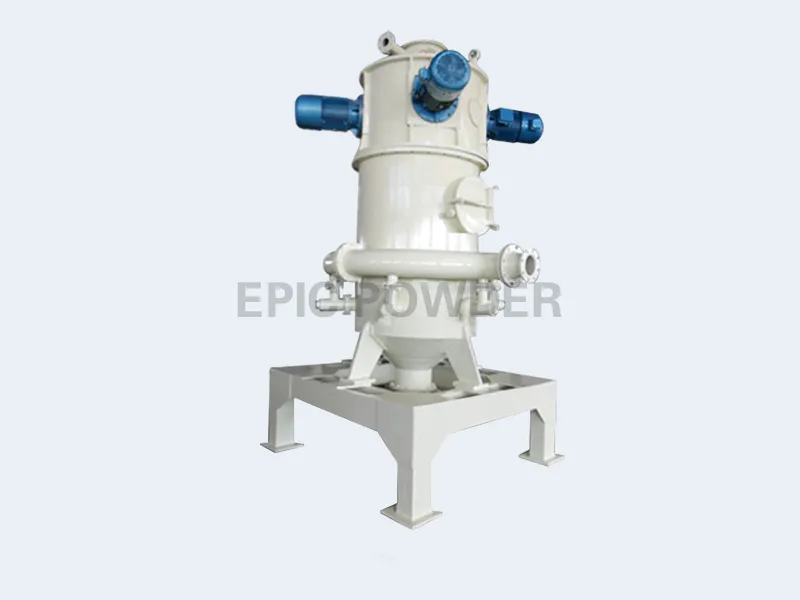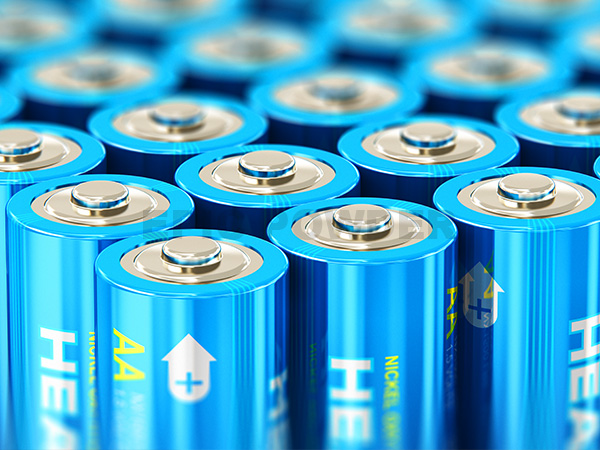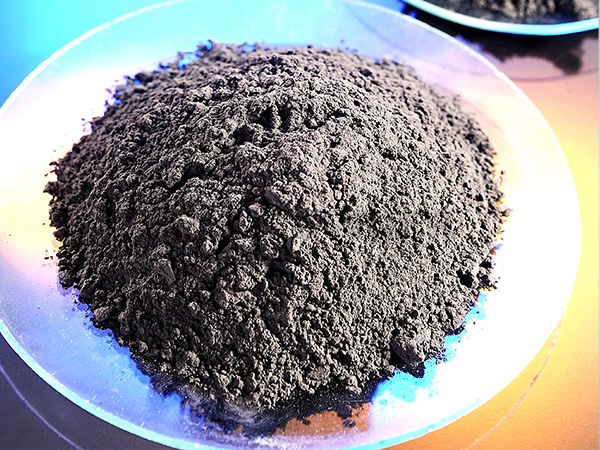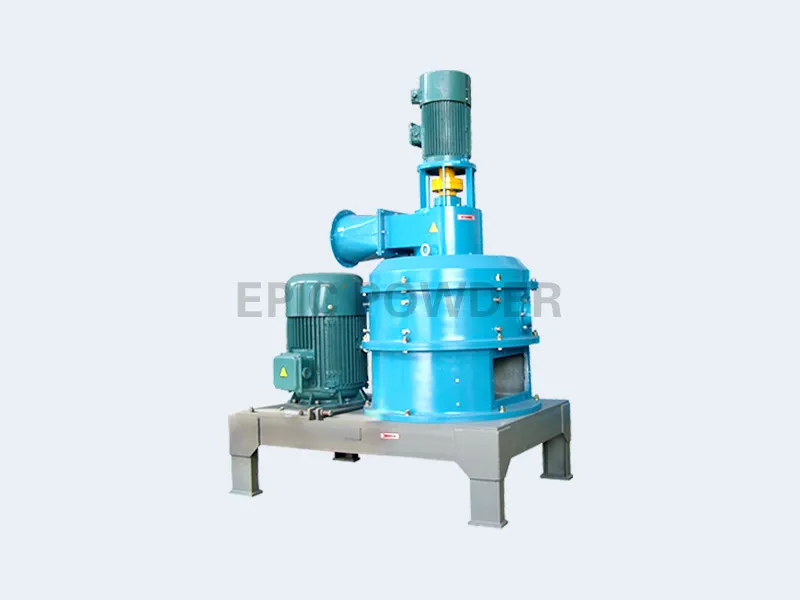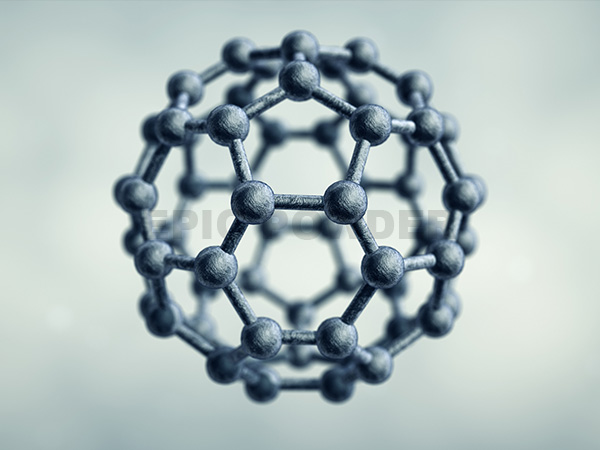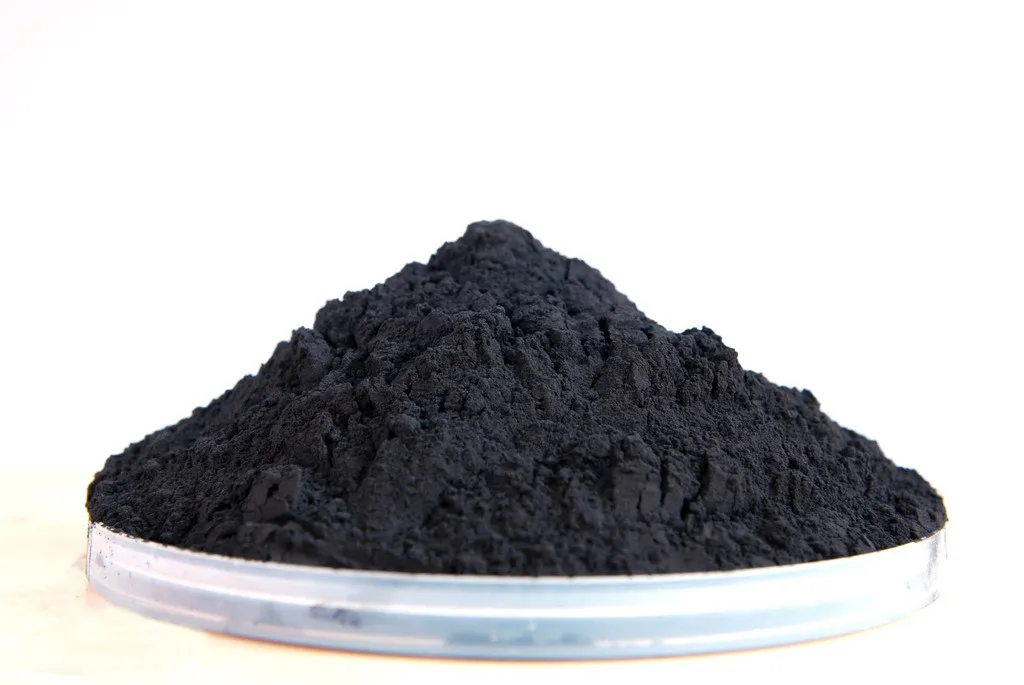What are the advantages of the special jet milling equipment for battery materials?
The application of jet mills is quite extensive, so today I will briefly talk about the advantages of the special jet mill equipment for battery materials in the process of use. The grinding and classifier equipment is at the end of the process, which has a great impact on the performance of the final product. […]
What are the advantages of the special jet milling equipment for battery materials? Read More »
